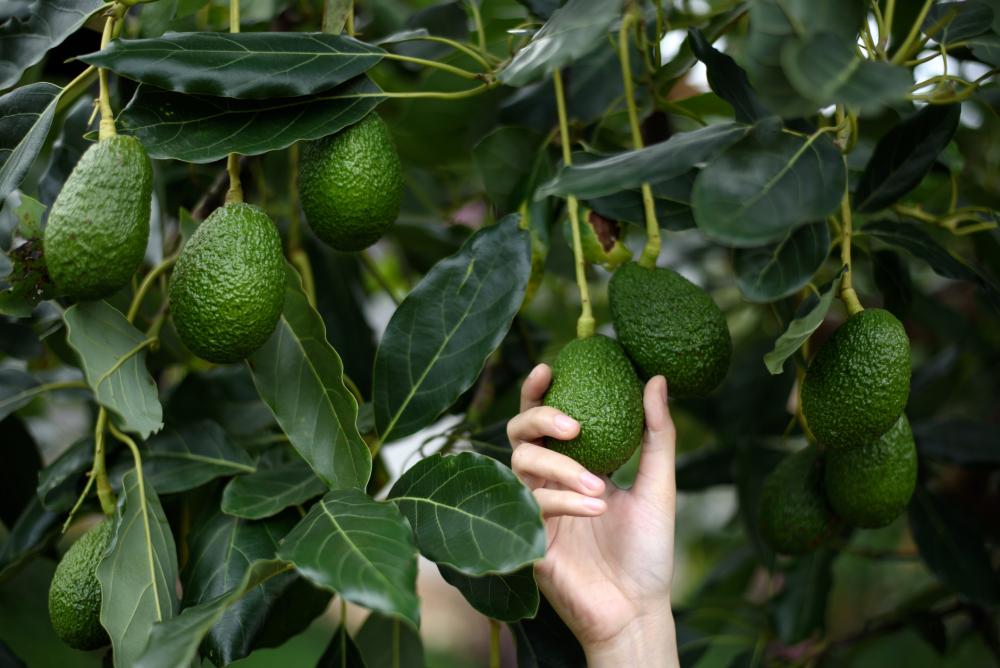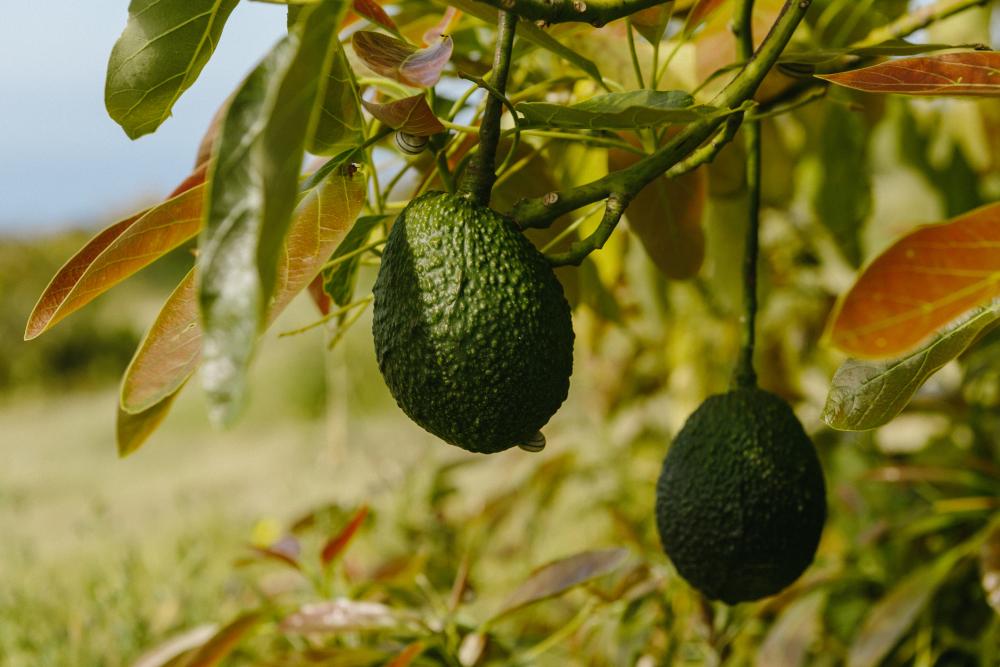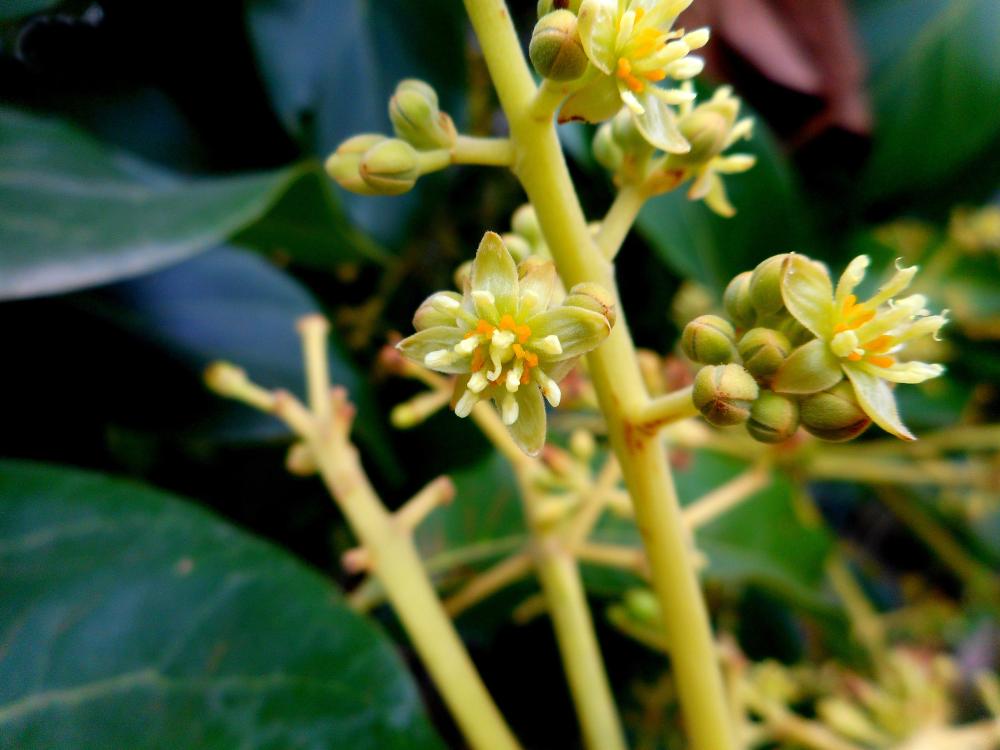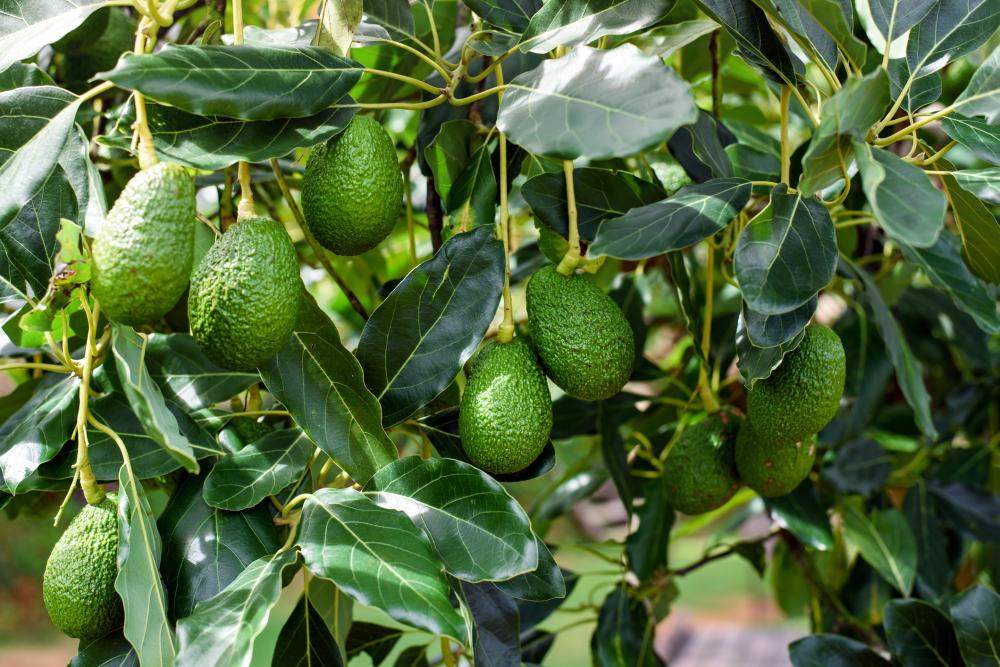How to Fix Common Avocado Growing Problems
Avocado is a tropical plant with highly nutritional fruits. But like every fruit tree you grow in the garden, things don’t always go as planned. The avocado tree might skip flowering one year, or if it does, each flower doesn’t always grow a fruit in their place. Sometimes the fruits would drop before they’re mature. And other times diseases infect the tree and damage the crop.
While some of these avocado growing problems are easily avoidable, others would happen even if you do everything right by the tree. But in most cases, these problems can be fixed by taking the right steps or taking precautions to prevent them in the first place. Read on to find more about the most common avocado growing problems and how to fix them.
Leggy Avocado Plant
One of the best things about growing avocados is that you can grow them both indoors and outdoors. Indoors, they make for wonderful houseplants with their thick and lush green leaves and catchy flowers. But indoor avocados have a curious problem you don’t get for those trees growing outdoors. That is, the plant tends to get leggy.
Usually, the avocado tree will not start branching out till it has reached about 6 feet. But indoors, this rule doesn’t apply. Sometimes, the tree will not branch out at all. A slender stem growing out of the soil with a few leaves at the top is not the ornamental avocado plant you dreamt of. So what can you do about this serious problem?
How to Fix It
There are two approaches to dealing with leggy avocado plants. The first is to prevent it from happening. The other one is to fix the leggy plant. Naturally, preventing the problem is easy and saves you a lot of work down the road.
- Preventing Leggy Avocados: Indoor avocados can get leggy because they’re not getting enough sunlight or the other growing conditions don’t meet the basic requirement for the tree. So to prevent the avocado from getting leggy, make sure it gets between 6 to 8 hours of direct sunlight every day. Check the container and make sure it’s both deep and wide enough to accommodate the root system of the plant. The soil should be well-drained and doesn’t go dry else the plant will become weak and spindly.
- Fixing Leggy Avocados: If the avocado is already spindly, chances are it’s not getting enough pruning. Prune the avocado in the fall when it’s dormant. This trimming encourages new growth and branching out come the next spring. Start with the main stem and trim the tip-off. This will trigger lateral growth and make the plant more robust. Trim the topmost leaves during the early stages of the tree’s development to make the canopy bushy. As lateral branches sprout out, pinch the tip off to encourage each branch to have even more branches. Pretty soon, you’ll have an avocado tree with a complex structure.
No Blooms On Avocado
When it comes to flowering, avocado trees are not the most punctual ones. The first flowers usually appear in mid-spring. But that’s not a given. Sometimes the tree will not flower at all. The green foliage remains uninterrupted throughout the growing season. Naturally, you’d think something must have gone wrong with the tree. And you’d be right to assume that. But it’s not the tree that’s at fault here. It’s the growing conditions around it.
The first thing to check is how old the tree is. Usually, it would take the young avocado tree between 4 to 5 years to start producing flowers. If your tree is still young, just give it time as there’s nothing you can do to speed up the process.
Then check the temperature and sunlight and make sure they are adequate. Nitrogen-high fertilizer could trigger leaf and branch growth but no blooms.
How to Fix It
We already touched on some of the main reasons why an avocado tree wouldn’t bloom. Now to fix the problem, you just have to fix each and every one of those reasons to ensure the tree is having optimal growing conditions. Here are some of the steps to take.
- As a tropical tree, the avocado tree needs the air temperature to be between 65 and 85 degrees F. during the daytime. The nighttime temperature should not drop below 55 degrees F. during the growing season.
- The tree should have between 6 to 8 hours a day of direct sunlight exposure. Partial shade can impact its flowering abilities.
- Avocado trees need a chilling period during their dormancy where the temperature ranges between 32 to 45 degrees F. This chilling period is crucial for the flowering and fruit production.
- Don’t prune the tree excessively. This could remove the bud-carrying branches and impede the tree’s flowering abilities. Limit your pruning to removing dead, damaged, or diseased branches.
- Don’t use nitrogen-high fertilizers. Phosphorus is important for blooming.
- If the tree still won’t bloom, try root pruning during dormant days. This will shock the tree into flowering. Use a spade to cut through the soil at the tree’s root line. Trim off the tips of the roots and don’t cut through the main root ball.
Fruitless Avocado Problems
A related problem to lack of flowering is when the avocado will not carry fruits. Now, you can say what you like about the ornamental values of the avocado tree and the beautiful lush foliage, but without fruits, the tree is hardly worth all the trouble. So what causes an avocado tree to not produce fruits?
The first reason is the age of the tree. There are two ways to start an avocado tree. The first is from seeds which takes up to 7 years for the tree to bloom and fruit. The other way is grafted trees which usually need about 4 years to mature enough for flowering and fruiting.
Temperature and hardiness zones have a role to play as well. The tree thrives in warm zones and while it can grow in colder zones, it won’t bear fruit.
How to Fix It
Simple care procedures can ensure that your avocado tree is growing in the right conditions and have everything going for it to flower and bear fruits. Here are some of those procedures.
- Ensure that you live in zones 9 to 11. These are the ideal zones for the avocado tree. Any zone below 9 will not guarantee the fruit production of the tree.
- Wait for the tree to reach maturity (7 years for trees started from seeds and 4 years for grafted avocado trees).
- Although the tree carries both male and female flowers, pollination can be a complex problem and you should plant a different variety of avocados nearby to promote pollination.
- Drought impacts the flowering and fruit production of the tree. Keep the tree hydrated during the growing seasons.
- Hold off nitrogen-high fertilizing from the early summer to encourage more blooms.
Pollinating Avocado Trees
A problem that you will most likely face with the avocado tree is how to get the flowers to pollinate. We mentioned that the tree carries both male and female flowers. Technically the same flowers change gender on the same day. A flower can start the morning as a female then switches to a male in the afternoon. This is referred to as type A flowers. Type B flowers are the exact opposite. They shed pollen in the morning and receive it in the afternoon. So with this confusion, it’s easy to see how pollinating the flowers can be a complicated process.
Naturally, the same flowers cannot shed pollen one time then use the same pollen to self-pollinate. This calls for cross-pollination between type A trees such as Gwen, Pinkerton, and Hass and type B trees including Bacon, Fuerte, and Zutano. So how would you achieve that?
How to Fix It
The simplest way to achieve cross-pollination among avocado trees is to plant one of each type in close proximity to each other. A type A tree growing within 50 feet of a type B avocado tree will ensure that cross-pollination happens and both trees get pollinated in a short time. As the type A flowers shed pollen the type B flowers nearby are waiting for it and then the roles are reversed by the afternoon.
Of course, pollinators need to be on hand to carry out the mission successfully. If you get rainfall during the flowering season of the avocado trees, the bees and butterflies will stay put as the rain carries the pollen away. In that case, you can pollinate the flowers manually. Use a small paint brush to scrub some pollen off the shedding flowers and deposit it at the swollen bottom of the receiving flowers. Make sure to pollinate all the female flowers before they switch gender. Then repeat the process in the afternoon on the other flowers that have turned into females. You can see how growing avocados can be so much fun.
Avocado Fruit Drop
After playing Cupid among the avocado flowers and spending a whole day spreading the love/pollen you’d expect to have a crop to justify all this hard work. And sure enough, the avocado tree rewards you with plenty of young green orbs developing inside the female flowers. While each cluster of flowers will produce one to 3 fruits, that usually translates into a decent yield. But as the fruit develops and take their distinct fat-bottom shape, suddenly they start to drop right there in the middle of the growing season. What happened?
There’s no need to panic. This is a natural process to help the tree cope with an abundant crop and prevent the branches from breaking under the heavy load. This usually happens if you don’t thin out the fruits yourself.
Examine the dropped fruits. You’ll notice a thin line on the walnut-sized fruit where it was attached to the branch. This all means that the tree forced the small fruits off its back naturally and for no other reason than to lighten the load.
But sometimes the unripe avocado fruits would drop for other reasons such as stress and pests. This calls for immediate action on your part to save the avocado crop.
How to Fix It
When the fruits keep dropping off the avocado tree, the reason behind this could be stress. The tree gets stressed out when it’s not getting enough water or there aren’t enough nutrients in the soil and the fertilizer you’re providing is not adequate. Start by watering the avocado tree regularly and provide between one and 2 inches of water every week including rainfall.
Once the blooms have faded, you can go back to feeding the tree with a balanced fertilizer with adequate concentrations of nitrogen. Side dress with organic compost and aged manure to keep the tree well fed.
Don’t sweep off the fallen leaves to protect the soil from getting compact. The roots of the tree are close to the soil surface and can be damaged with trampling feet or heavy vehicles.



